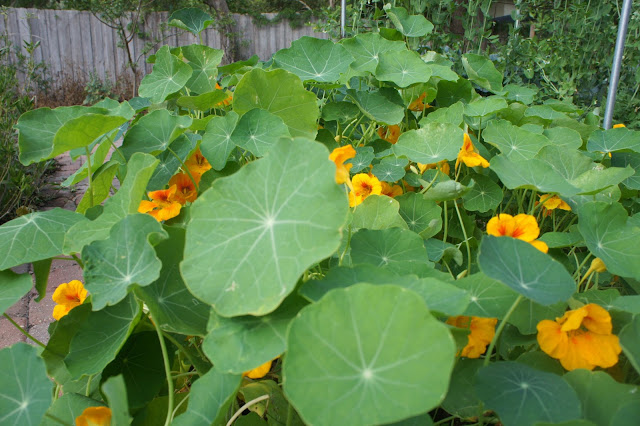I harvested the sweet potatoes, peanuts, and Southern peas from my garden this weekend, leaving this bed more or less clear. A rare enough thing in the Florida garden, so I took the time to dig it deeply (without bringing up too much sand from below) and added a few hundred pounds of a compost/peat mix from the local landscaping yard. I also scratched in some 10 10 10 fertilizer and removed a bunch of roots that had infiltrated. This bed only gets OK sunlight in the winter, but I've always had plenty of luck with cabbage, beets, salad greens, broccoli, onions, peas, etc... The usual winter crops.
The next few days are sunny and warm, so I'll wait until mid-week to set out the many transplants I have ready for the garden. They're forecasting plenty of rain for the end of the week...
The next few days are sunny and warm, so I'll wait until mid-week to set out the many transplants I have ready for the garden. They're forecasting plenty of rain for the end of the week...










.jpg)























